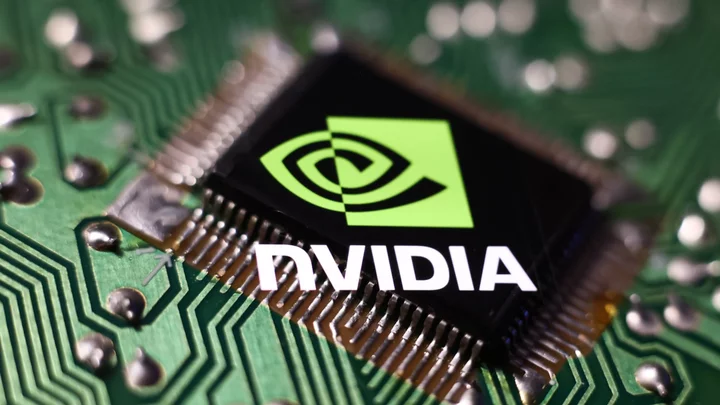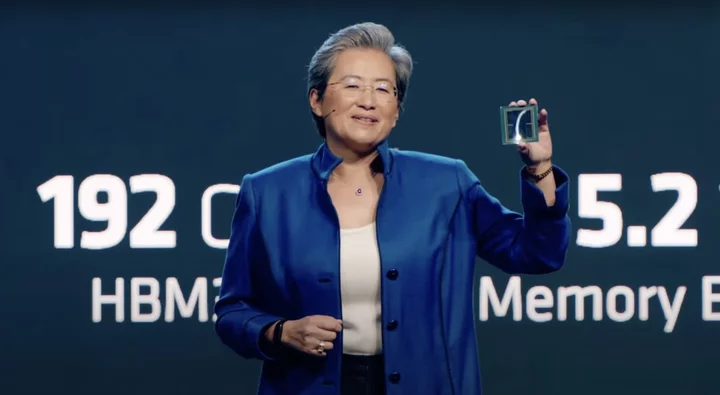Nvidia's GeForce RTX 4000 series is struggling to reignite demand for PC graphics cards, but the company stands to reap major rewards with the rise of generative AI.
Nvidia on Thursday reported that sales for its gaming GPUs are down 38% year over year to $2.2 billion for the fiscal Q1 quarter. But the real news is that Nvidia stunned Wall Street investors with a forecast that shows it expects to rake in $11 billion in revenue in the next quarter, up about 80% from the year before. That’s because companies everywhere are scrambling to buy Nvidia chips to train their AI programs, such as ChatGPT.
“We expect this sequential growth to largely be driven by data center, reflecting a steep increase in demand related to generative AI and large language models,” Nvidia CFO Colette Kress said in an earnings call. “This demand has extended our data center visibility out a few quarters, and we have procured substantially higher supply for the second half of the year.”
The guidance sent Nvidia’s stock soaring, from about $300 to $380 once the stock market opened today, for what might be the largest one-day market-cap gain in history. The company is now approaching a $1 trillion valuation, underscoring the value of Nvidia’s enterprise GPUs, which can accelerate AI-based workloads.
The same can’t be said for the consumer-focused RTX 4000 series. On Wednesday, Nvidia launched the newest entry in the portfolio, the GeForce RTX 4060 Ti. But demand has been so weak that the Founders Edition model is still in stock on Best Buy when previous Founders Edition units sold out almost instantly.
On the gaming GPU sales, Nvidia’s CFO said: “The year-on-year decrease reflects weaker demand due to the macroeconomic slowdown and lower shipments to normalize channel inventory levels.” Still, Nvidia’s gaming revenue was up 22% from the previous quarter, which the company attributes to a ramp up in RTX 4000 production for both laptops and desktops when the sales initially began in October, but in limited quantities.









